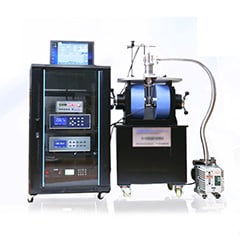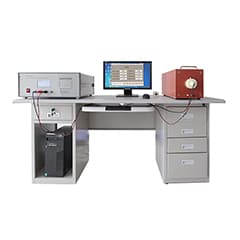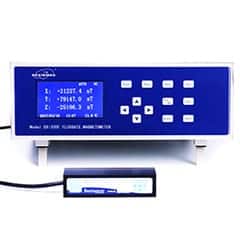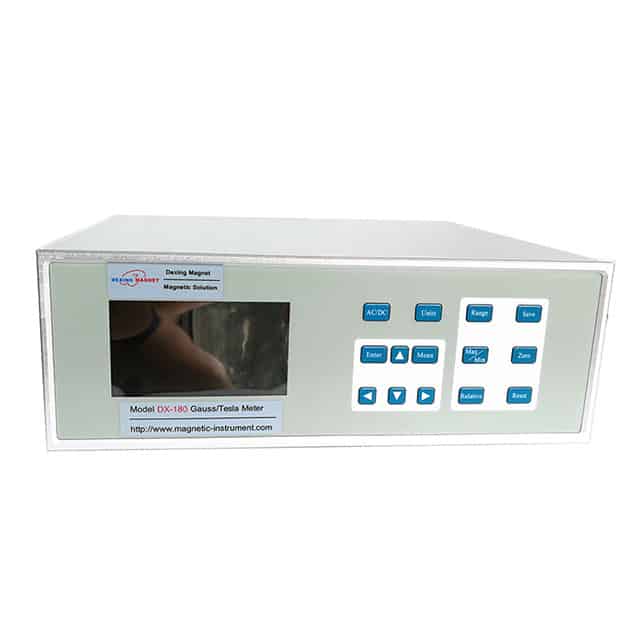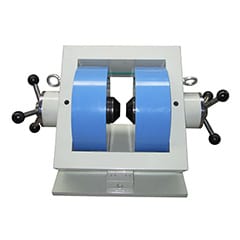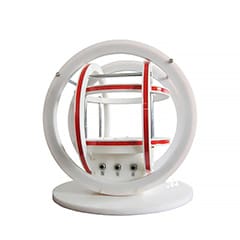products categories
contact us
- If you have questions, please contact us, all questions will be answered
- Tel : 18030236818
- Fax : +86-592 5237901
- Email : dexing@china-dexing.com
Hall Effect Measurement System
Electromagnet basic knowledge introduction and the series of performance comparison
First, electromagnet introduction
Electromagnet definition and how it works: coil magnetic permeability of attraction or repulsion of electrical parts and foreign do mechanical work device called electromagnet, which USES electromagnetic induction principle converts electrical energy into mechanical energy, can be directly implement linear movement, rotation, swing and complex movement of straight line and rotate, in industrial automation is quite popular today, electromagnet has been widely used in all kinds of automatic device.
Two, electromagnet typical structure
Linear electromagnet drive load when electricity moving towards the core, in this sense, the electromagnet is a kind of pull device, however, if the slide area with a plunger, and through the deep hole on the iron core, as it is breathed in, plunger will deviate from the core and is used to promote external load a specified distance, so the electromagnet can provide force and pulling force.
Three, electromagnet magnetic field direction determination
Determination of magnetic field direction: according to Ampere's right hand rule, the direction of the magnetic field generated by the current cycle can be determined by using the right hand rule. The method regards the direction of the four fingers outside the thumb bending to the palm as the direction of the current, and the direction pointed by the thumb is the North Pole of the magnetic field.
Terminology of electromagnet
1 force: the electromagnet coil is energized by the thrust or tension, suction force;
2. Stroke: the distance from the starting point of the slide rod movement to the final stopping position;
3. Retaining force: the pulling force or thrust of the slider at the end of the trip;
4. Working cycle: the ratio of the sum of the power-on time and the power-off time;
5. Continuous power supply: 100% working cycle;
6. Clearance working cycle: less than 100% of the working cycle, it has a maximum allowable power on time so that its temperature is not too high;
7. Remaining magnetic force: residual magnetic force after the electromagnet is cut off;
8. Coil maximum operating temperature: the maximum operating temperature of the coil can not be applied to the group of materials






